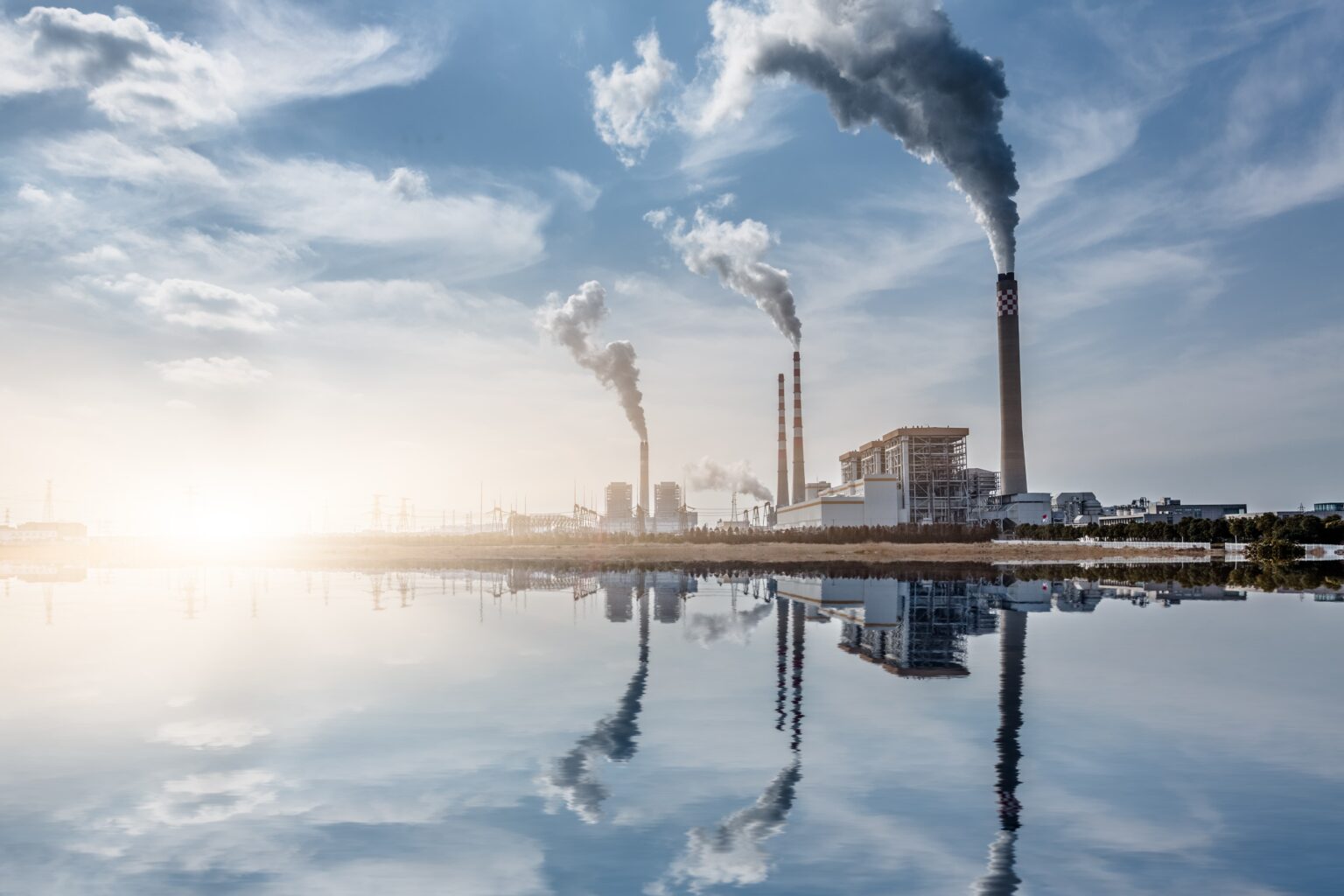Powerful Explosion Rattles Chinese Chemical Factory
A deadly explosion erupted at the Gaomi Youdao Chemical Co. plant in Weifang, located in Shandong province, eastern China, on May 27, 2025. The violent blast shook the area in the early evening, instantly drawing emergency services and sending shockwaves through the local community. Authorities confirmed that at least five people lost their lives, 19 more suffered injuries, and six workers remain missing as rescue operations continue. The force of the explosion was so intense that it shattered windows up to three kilometers away, and was felt by residents living as far as seven kilometers from the facility.
Local witnesses described a sudden, thunderous boom followed by a massive plume of black smoke. “It was like an earthquake,” recalled one restaurant owner who operates less than a kilometer from the site. Their establishment sustained significant damage, including shattered windows and fallen ceiling tiles, though fortunately, no one inside was hurt. The community was left in shock as emergency vehicles and fire crews rushed to contain the aftermath.
Emergency Response And Environmental Fears
Authorities quickly mobilized over 230 firefighters to the scene, along with specialized rescue teams tasked with searching for survivors and controlling secondary hazards. According to the municipal emergency management bureau, rescue operations continued late into the night, with workers combing through debris for those still unaccounted for. Environmental assessment teams were dispatched to evaluate potential chemical contamination, as the facility produces a range of pesticides and medical-use chemicals that pose serious risks if released into the air or water supply.
Despite a swift response, concerns linger about the environmental consequences. Local media reported that officials sealed off the area to limit exposure and began monitoring air and water samples for pollutants. Residents in the area voiced anxiety about toxic exposure, citing previous industrial accidents in the region. One neighbor told reporters, “We’re always worried when there’s an incident like this, because you don’t know what’s in the air.”
Safety History And National Industry Concerns
The Gaomi Youdao Chemical Co. plant, employing over 500 people, was previously flagged by regulators for various safety issues. In 2024, authorities cited the company for over 800 hazards, although it was later praised for corrective action. Despite these improvements, this week’s deadly incident has reignited questions about persistent safety problems within China’s sprawling chemical sector.
China’s chemical industry remains one of the world’s largest, but also one of its most accident-prone. The National Ministry of Emergency Management reported more than 21,800 workplace accidents and nearly 19,600 deaths nationwide in 2024 alone. Last year, the government organized a nationwide safety campaign to address frequent chemical incidents, emphasizing risk identification and mandatory staff training. Yet, as this explosion demonstrates, risks remain stubbornly high.
Just two weeks before the Gaomi blast, Chinese authorities convened a national workshop on hazardous chemical management. The timing of this incident, so soon after renewed calls for vigilance, has drawn criticism from safety advocates. “It’s clear that oversight and enforcement must improve. These disasters should not be happening,” stated a prominent labor safety expert in Beijing.
Past Tragedies And Growing Calls For Reform
This latest disaster joins a troubling list of major industrial accidents in China. In 2015, a massive warehouse explosion in the port city of Tianjin killed 173 people, including dozens of firefighters, and injured hundreds more. Four years later, a chemical plant explosion in Yancheng, Jiangsu province, claimed 78 lives and left hundreds injured. Each of these incidents sparked waves of public outrage and promises of reform.
However, progress has been uneven. While some plants have upgraded equipment and increased safety drills, systemic weaknesses persist. Issues such as inadequate training, regulatory loopholes, and pressure to boost production often lead to shortcuts and missed warning signs. As one local worker told reporters, “We’re always told to prioritize safety, but production deadlines come first.”
As investigations into the Gaomi explosion continue, families of the missing and injured wait anxiously for news. The incident has renewed national debate about the true cost of rapid industrial growth and the urgent need for stricter enforcement of safety laws. For the affected community, the road to recovery will be long—and the memory of this tragedy will serve as a painful reminder of the risks many still face.


